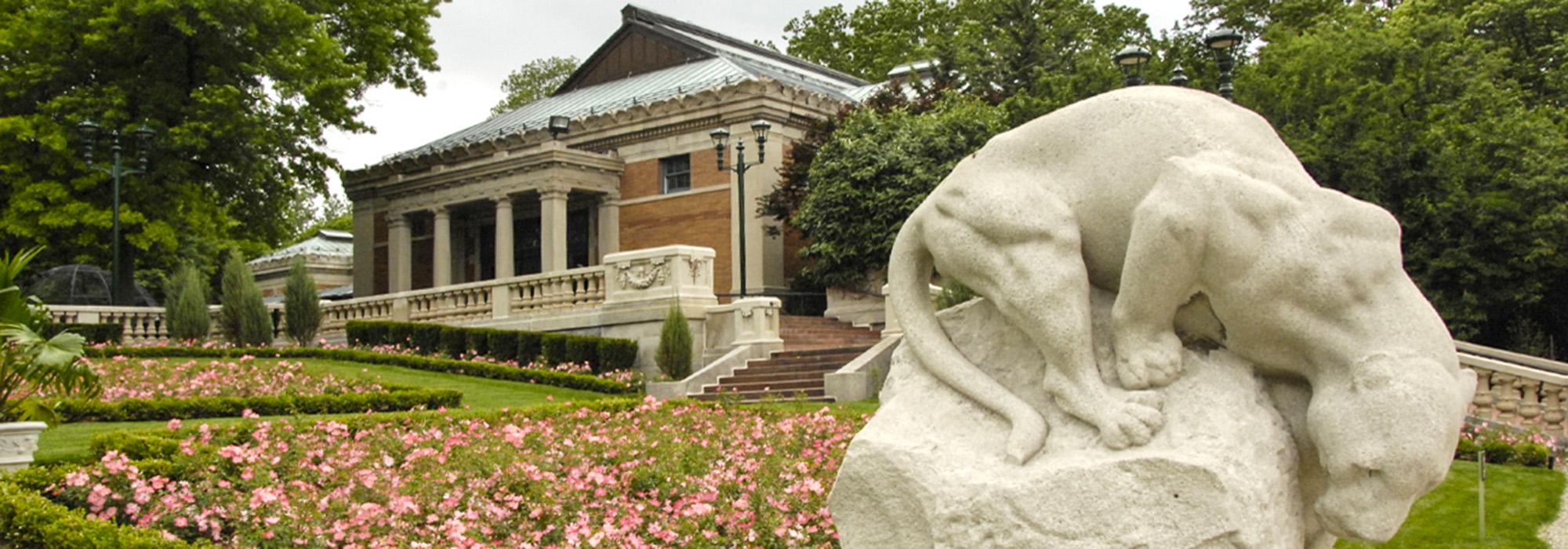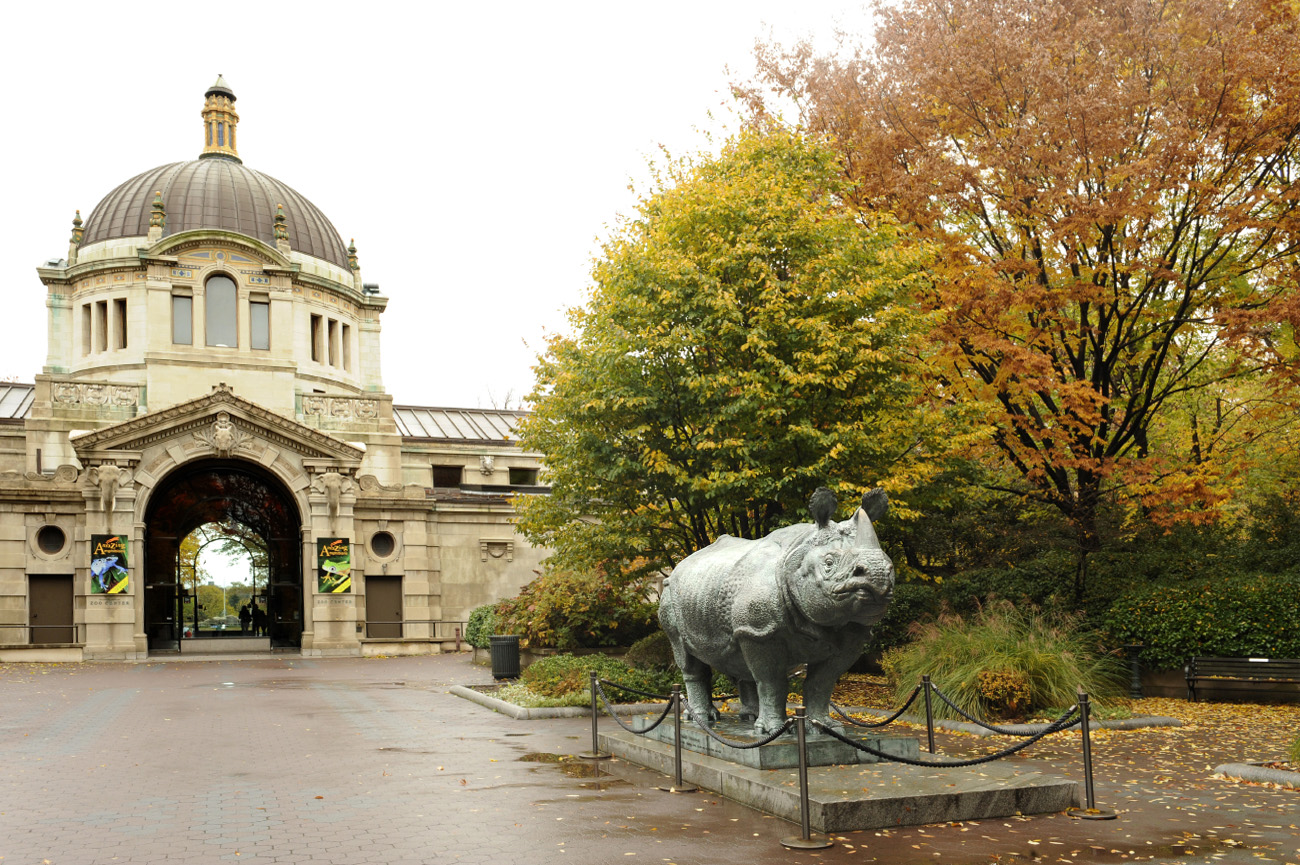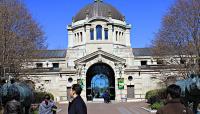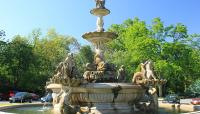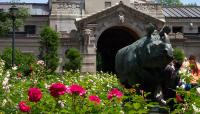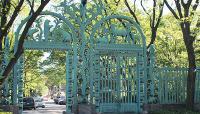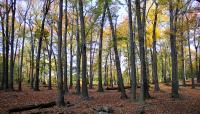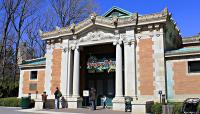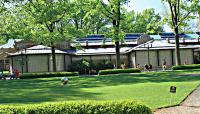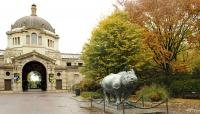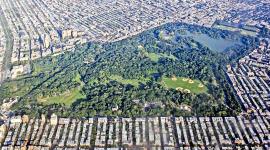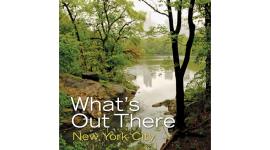Landscape Information
The zoo opened in 1899 on a 250-acre parcel at the south end of Bronx Park, just south of the New York Botanical Garden. Today, at 265 acres, it is the largest metropolitan zoo in the United States. Founded by the Wildlife Conservation Society (WCS), the site has been at the forefront of conservation since saving the American bison from extinction in 1907. Since its inception, the Bronx Zoo has integrated the natural environment with artificial animal habitats, serving visitors and animals alike, while conserving the local ecology of the Bronx River Watershed. The zoo was designed by Warren H. Manning and Harold Caparn, who worked with the first director William T. Hornaday to create cohesive enclosures, often mixing animal species within their native habitats. Their approach was novel at a time when most zoos resembled prisons more than natural habitats. The site was laid out around Astor Court, designed by Heins and Lafarge, which lays on axis with Rockefeller Fountain and the bronze Rainey Memorial Gates by Paul Manship (which were listed on the National Register of Historic Places in 1972) along Fordham Road. Its picturesque design employed natural elements including soft, curvilinear topography, native plants, and rock outcroppings integrated into spaces for both animals and humans. This includes the infamous rocking stone, which at 30 tons, sits perfectly balanced and has been central to the visitor experience since the zoo opened. The Bronx River itself became an attraction, as boat rides were provided in the zoo’s inaugural years. Today’s visitors can take in views of the river by strolling down the Mitsubishi Riverwalk. In recent years, projects that balance conservation and design innovation advance the zoo’s mission, as exemplified by the Congo Gorilla Forest, the largest replica of an African rainforest in the word.



